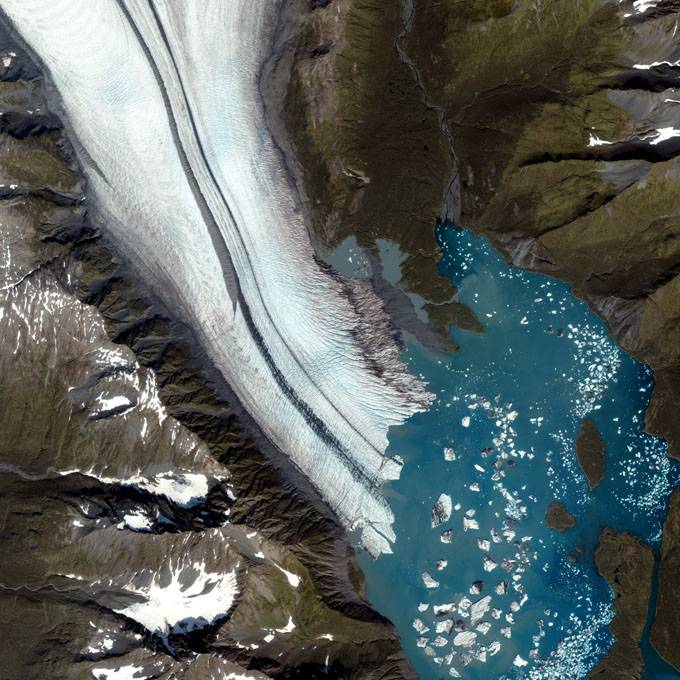Glaciers have grown and receded before, oceans have gone acidic and anoxic before, there have been major extinctions from rapid climate change before. So why the hell should we worry because we are the cause of the present major changes?
No, we are not returning to 'normalcy'. The GHG level has not been where it is now for about 15 million years. And the increase in GHGs is accelerating, as the natural sources are now kicking in, the rate of acceleration will increase.
To see where we are headed one must look at what happened in the PETM. This is just the results in one locality;
http://www.searchanddiscovery.net/documents/2009/50160kraus/ndx_kraus.pdf
Rapid Paleoenvironmental Change during the Paleocene-Eocene Thermal Maximum (PETM), Bighorn
Basin, WY*
Mary J. Kraus1, Daniel Woody1, Jon Smith2, and Stephen Hasiotis2
Search and Discovery Article #50160 (2009)
Posted January 16, 2009
*Adapted from oral presentation at AAPG Annual Convention, San Antonio, TX, April 20-23, 2008
1Dept of Geological Sciences, University of Colorado, Boulder, CO. (mary.kraus@colorado.edu)
2Department of Geology, University of Kansas, Lawrence, KS.
Abstract
Interbedded alluvial paleosols and avulsion deposits were analyzed through a PETM section. Based on morphologic features, paleosol
profiles can be assigned to a particular position along a paleosol continuum that ranges from well drained to poorly drained end
members. Using this qualitative approach, paleosols in the main PETM interval developed under drier conditions than pre-PETM
paleosols. Quantitative estimates of mean annual precipitation (MAP) using a paleosol climofunction confirm this conclusion. The
paleosols also show that seasonality increased during the PETM. The stratigraphic distributions of manganiferous rhizoliths and
crayfish burrows, both of which are absent or less common in the PETM part of the section, also show lower water tables and
increased seasonality during the warming event.
The alluvial architecture also changes in the PETM interval. Avulsion deposits separate successive paleosols from one another through
the section. Those in the main body of the carbon isotope excursion (CIE) are finer grained and less well developed than those below
or above the PETM interval. Consequently, the avulsion deposits tend to be incorporated into the paleosols, and paleosols are more
densely spaced. The thick red paleosols that characterize the PETM interval are the result of the welding of vertically superposed
paleosols. Paleosol complexity also changes. Multiple horizons and intense overprinting of pedogenic features dominate paleosols in
the main body of the CIE. In contrast, paleosols directly above and below the PETM interval are relatively simple, with few
subdivisions of the B horizon(s) and fewer signs of pedogenic overprinting. These features suggest that sediment accumulation was
slower and more episodic during the main body of the PETM interval than in deposits directly below and above. The changes in
deposition are linked to climatic controls.





